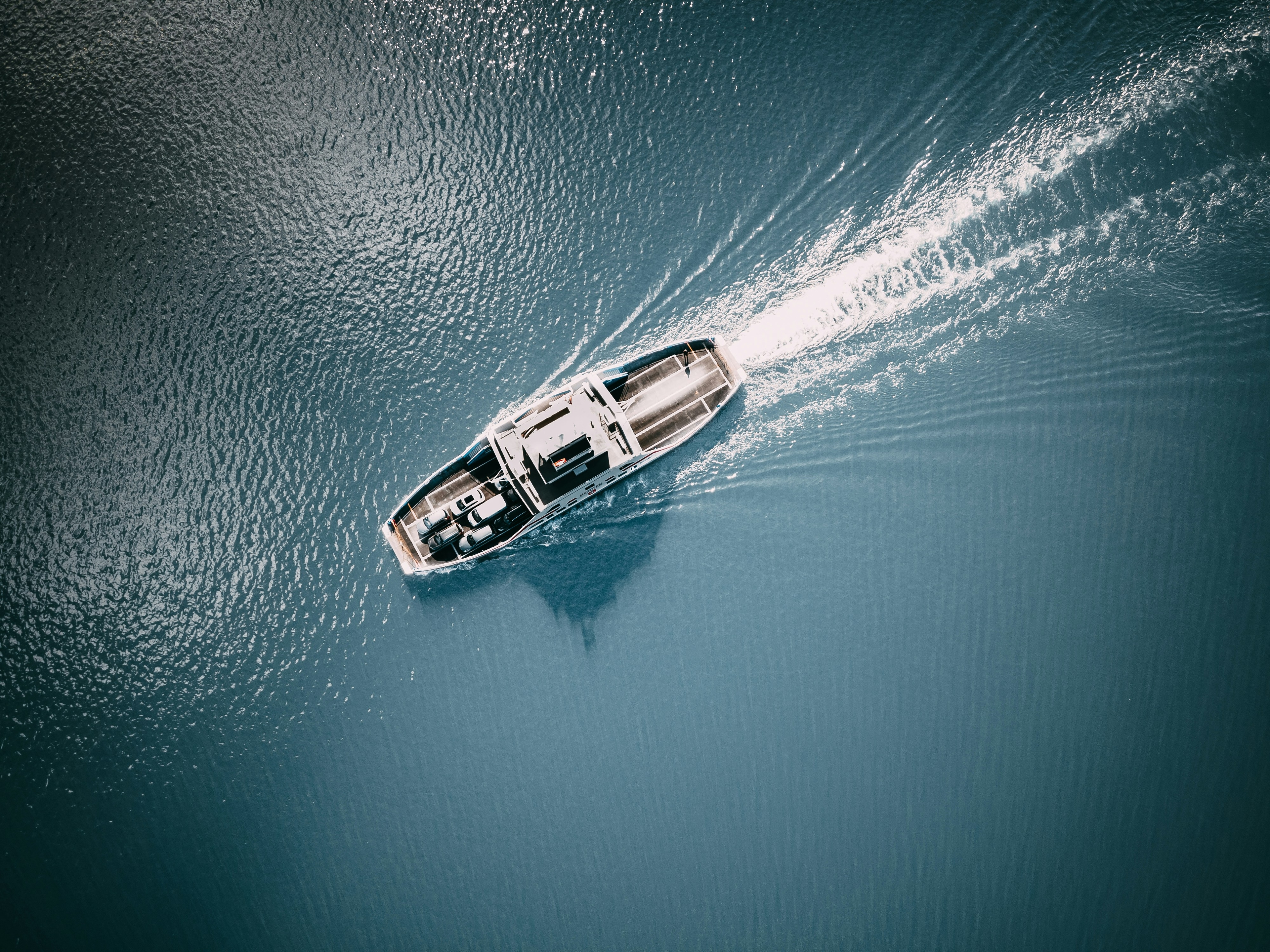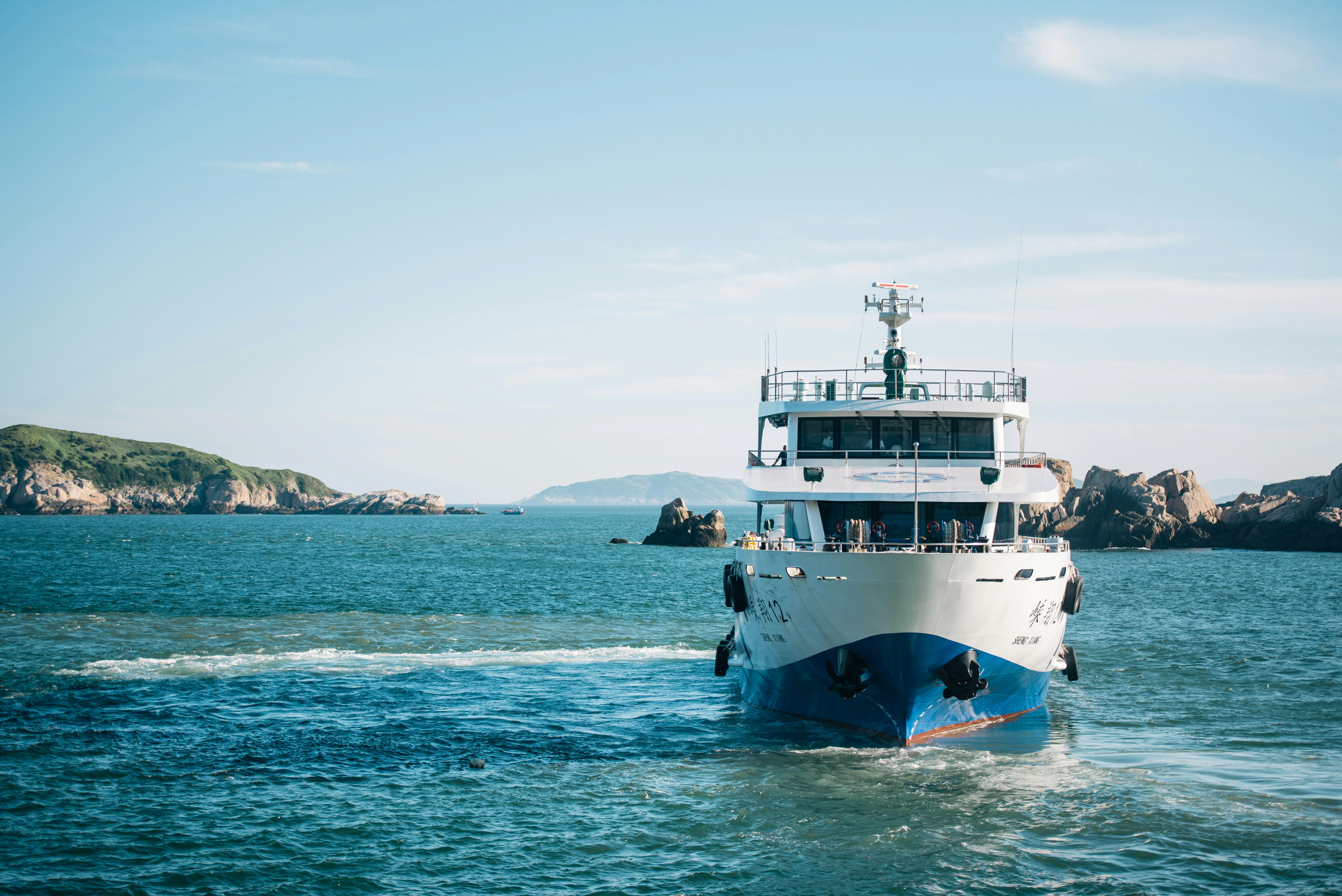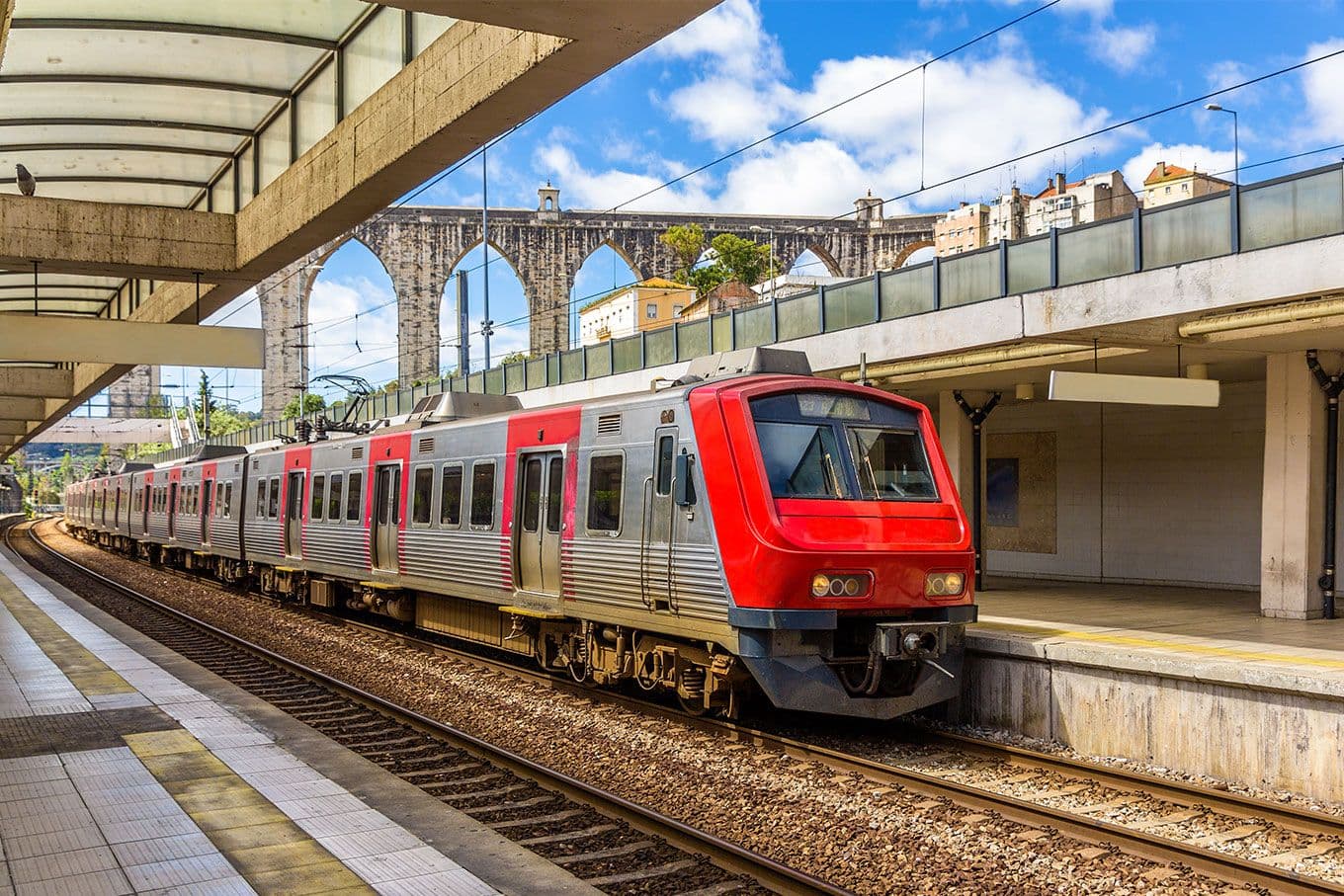
Ferries and Boats: Crossings in Lisbon, Algarve and the Azores
From the Tagus to the Atlantic islands, discover Portugal’s most beautiful boat crossings and the companies that make travel a different kind of experience.
Portugal isn’t discovered only by road or rail. Bordered by the Atlantic Ocean and crossed by majestic rivers, the country also offers an extensive network of ferries and maritime connections linking cities, beaches, and islands.
Whether you want to cross the Tagus in Lisbon, sail along the Algarve coast, or explore the Azores, the boat remains a practical, affordable, and charming way to travel.
Here’s a guide to understanding the main crossings and fully enjoying this other side of Portuguese travel.
Crossing the Tagus in Lisbon
In Lisbon, boats are part of daily life. Connecting both banks of the Tagus, they carry thousands of residents and visitors every day.
The Transtejo and Soflusa ferries operate several routes between the river terminals of Cais do Sodré, Belém, Terreiro do Paço, and Barreiro.
The most popular route is between Cais do Sodré and Cacilhas, on the south bank. In just ten minutes, you go from Lisbon’s city center to a traditional neighborhood where fish restaurants line the river.
Other routes, like Terreiro do Paço–Barreiro or Belém–Porto Brandão–Trafaria, offer spectacular views of the capital, the 25th of April Bridge, and the Cristo Rei statue.
Tickets can be purchased on site or with the Viva Viagem card, which is also valid for metro and bus transport. Prices range between €1.50 and €3, depending on the route.
It’s both a useful and poetic experience — a short journey on the water in the heart of the city.

The Southern Coast: Ferries and Excursions in the Algarve
The Algarve, famous for its golden beaches and stunning cliffs, is also best explored by sea.
Several local companies offer ferry routes and cruises between the main ports, including Lagos, Portimão, Albufeira, Faro, and Olhão.
One of the most famous crossings connects Olhão or Faro to the islands of the Ria Formosa: Armona, Culatra, and Farol. These islands, only accessible by boat, offer unspoiled beaches and a unique island charm.
Regular ferries depart hourly in summer and cost between €2 and €5. Private water taxis are also available for faster connections or dolphin-watching stops.
In Lagos and Portimão, you’ll also find coastal excursions to the Benagil Caves, stunning marine cathedrals carved by the waves.
Trips range from 30 minutes to 2 hours, depending on the route and type of boat (catamaran, sailboat, or speedboat).
Sailing in the Algarve is the perfect mix of relaxation and discovery: sunshine, ochre cliffs, and turquoise waters create an unforgettable setting.
The Azores: Between Islands and Infinite Horizons
Located in the heart of the Atlantic, the Azores archipelago lives to the rhythm of the sea.
To travel between islands, the Atlânticoline network is essential. This public company provides regular connections between all nine islands, especially São Miguel, Terceira, Faial, Pico, and São Jorge.
The crossings are comfortable, the vessels modern and punctual. In summer, frequency increases, making it easier to travel between the most visited islands.
Fares depend on distance, ranging from €10 to €40 depending on the route and season.
The journey between Horta (Faial) and Madalena (Pico) is among the most famous: barely half an hour separates two islands with very distinct personalities.
Beyond regular ferries, maritime excursions allow visitors to spot whales and dolphins — one of the Azores’ most memorable experiences.
Sailing here means feeling the power of the Atlantic, between volcanoes, mist, and changing light.
Practical Tips for Boat Travel
- Check timetables, as some routes operate only during summer.
- Arrive at the pier 15 minutes before departure.
- Bring a jacket: even in summer, the wind can be cool on deck.
- Book in advance for the Azores, especially in high season.
- And, of course, keep your camera ready: every crossing offers a unique view of Portugal.
Conclusion
In Portugal, the ferry is more than just a mode of transport — it’s an invitation to travel.
Whether crossing the Tagus in Lisbon, sailing along the Algarve coast, or connecting the Azores islands, the boat is part of the Portuguese soul.
It links not only shores, but also cultures, landscapes, and emotions.
Taking the ferry means choosing slowness and pleasure — between sky and ocean, at the gentle rhythm of Portugal.
Share this article
Suggested articles

Transport Cards (Viva Viagem, Andante) Explained
Travelling in Portugal also means learning how to move smoothly through its transport systems. In both Lisbon and Porto, two main cards rule the urban networks: Viva Viagem and Andante. Both appear simple, yet they can be confusing for newcomers. Here’s a clear guide to help you understand how they work and avoid common day-to-day mistakes.

Uber, Bolt & Taxis: How to Move Around Efficiently
Getting around Portugal has never been easier. Between traditional taxis, ride-hailing apps like Uber and Bolt, and local alternatives, the country offers a wide range of options to travel comfortably, whether you are a resident, tourist, or expat. But each solution has its advantages, fares, and particularities. Here’s a guide to understanding how to move around efficiently every day, from Lisbon to Porto, without stress.

Long-Distance Buses: Rede Expressos, FlixBus and Other Companies
Travelling by bus in Portugal has become, in recent years, a true alternative to trains or cars. Between national routes and international companies, the network is dense, efficient, and often very affordable. Rede Expressos, FlixBus, Alsa, and CitiExpress crisscross the country from north to south and also connect major European capitals. Here’s a guide to understanding how these companies work and why they appeal so much to travellers and expats alike.

TAP Air Portugal : the national airline between tradition and modernity
Picture this: you’re boarding a plane painted in Portugal’s colors, bound for Lisbon or Porto, and your adventure is already beginning! Because yes, choosing Portugal’s national airline isn’t just about the flag on the tail, it’s also (and above all) about history, a touch of Portuguese charm, and some surprisingly good opportunities. Here’s my little tour of TAP Air Portugal what you should know, why it’s worth considering, and a few insider tips to keep handy!

Tram 28 in Lisbon : useful or tourist trap?
Ah, Tram 28… that little yellow tram winding its way through Lisbon’s narrow streets, wooden cabin, squeaky brakes, sharp turns… I’m pretty sure you’ve already seen it (at least in a photo!). But here’s the real question : is it truly a must-do, or just another tourist cliché to tick off before moving on ? Let’s talk about it, the highlights, the “watch out” moments, and how to really make the most of it.

Traveling by Train with Comboios de Portugal : smart, comfy… and often cheaper than you’d think
You’ve had that moment, right ? The urge to escape routine, change scenery, hop on a train, and just arrive somewhere, gazing out the window instead of staring at a screen or gripping a steering wheel. Well, good news: if you’re in Portugal (or planning a sunny getaway), Comboios de Portugal (or CP for short) is your new best friend. Super practical, surprisingly affordable, and yes, I’ll show you how to make the most of it.


